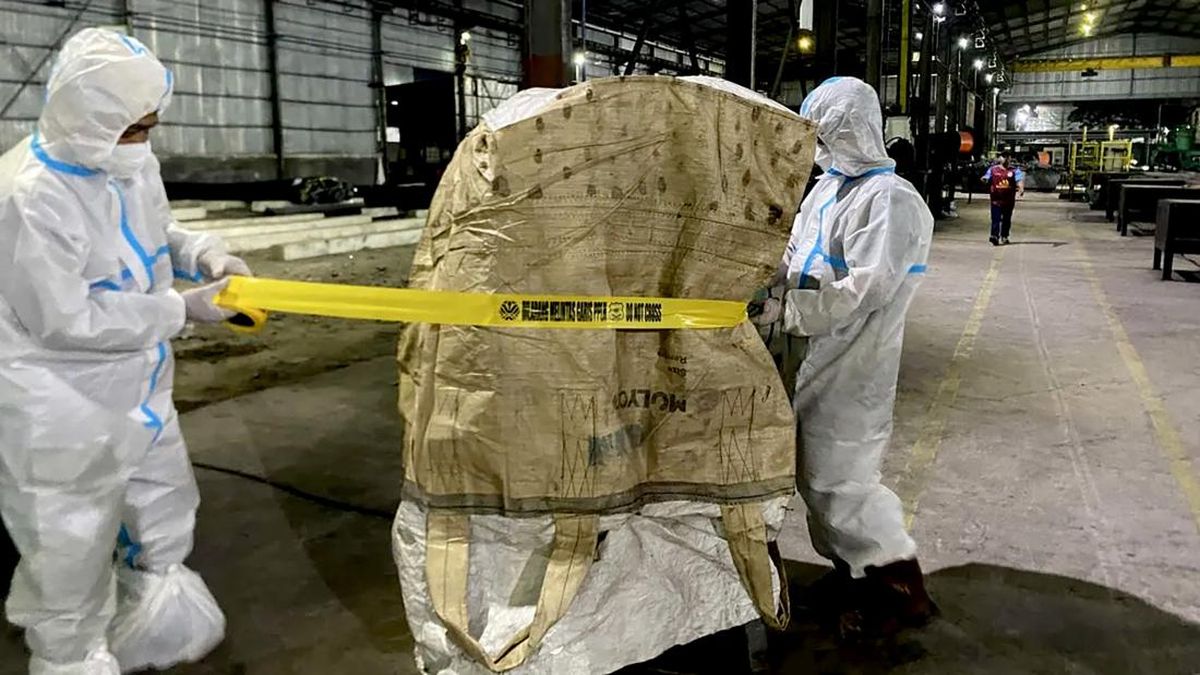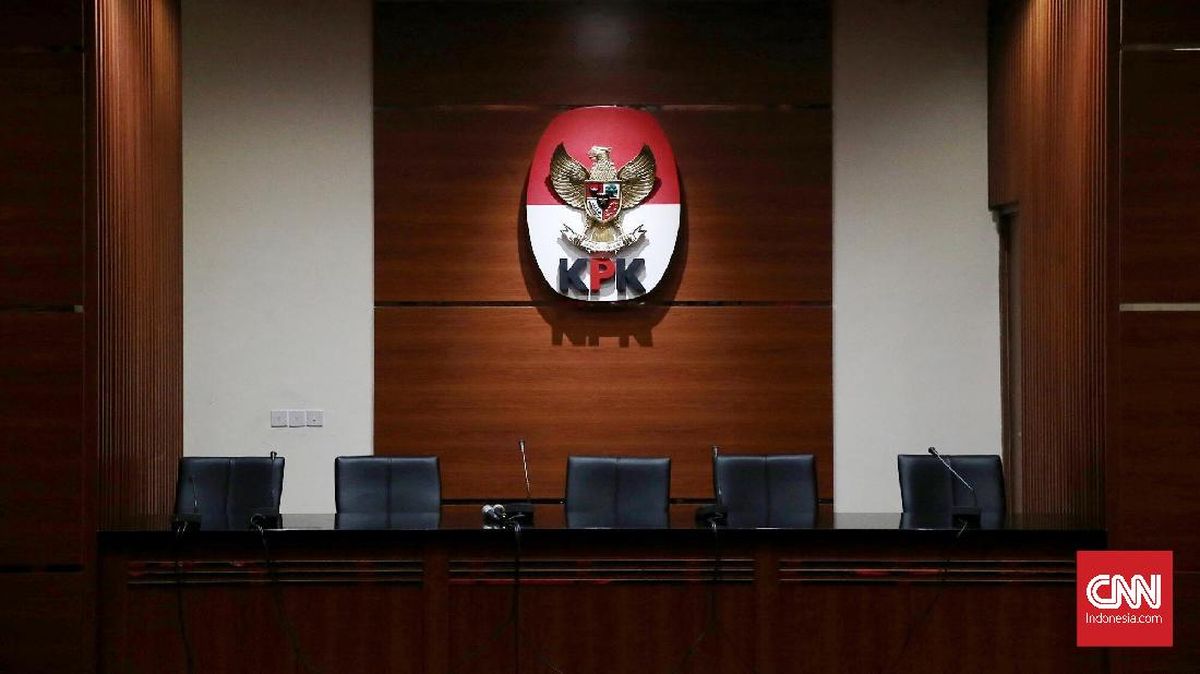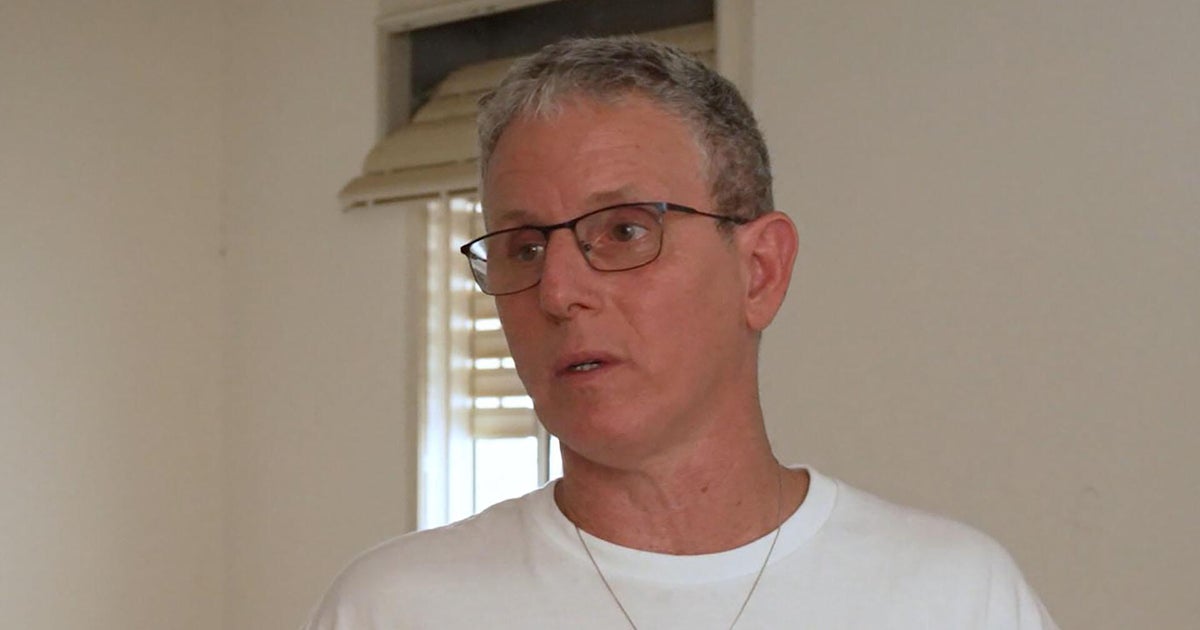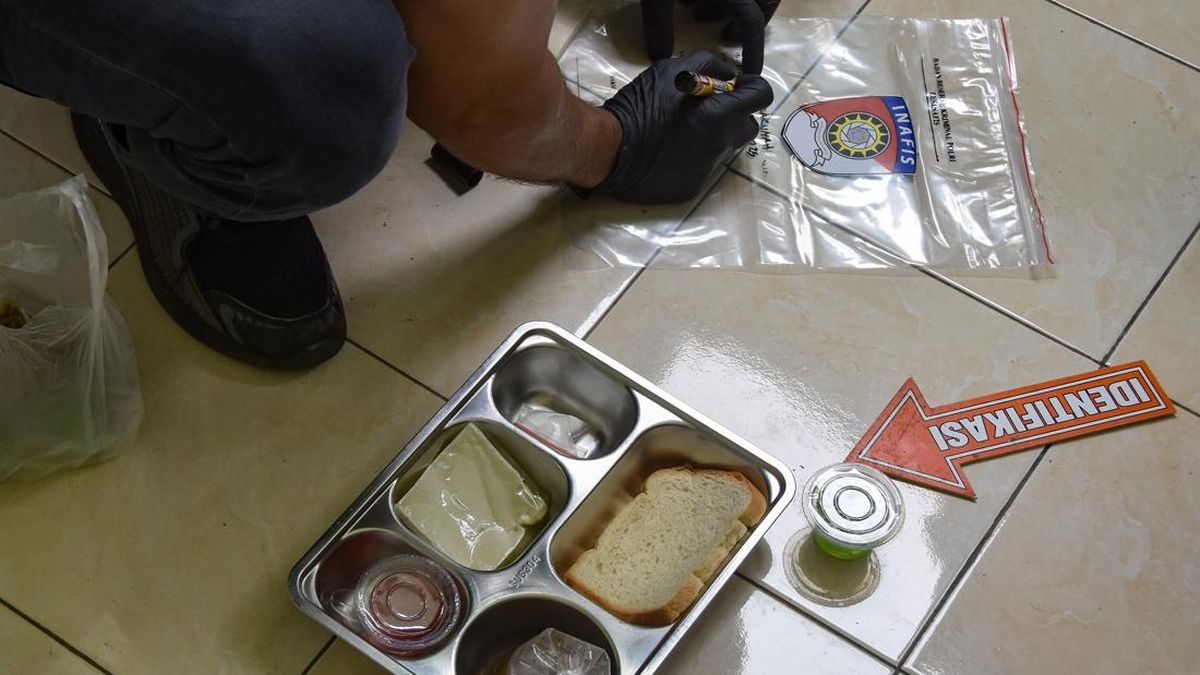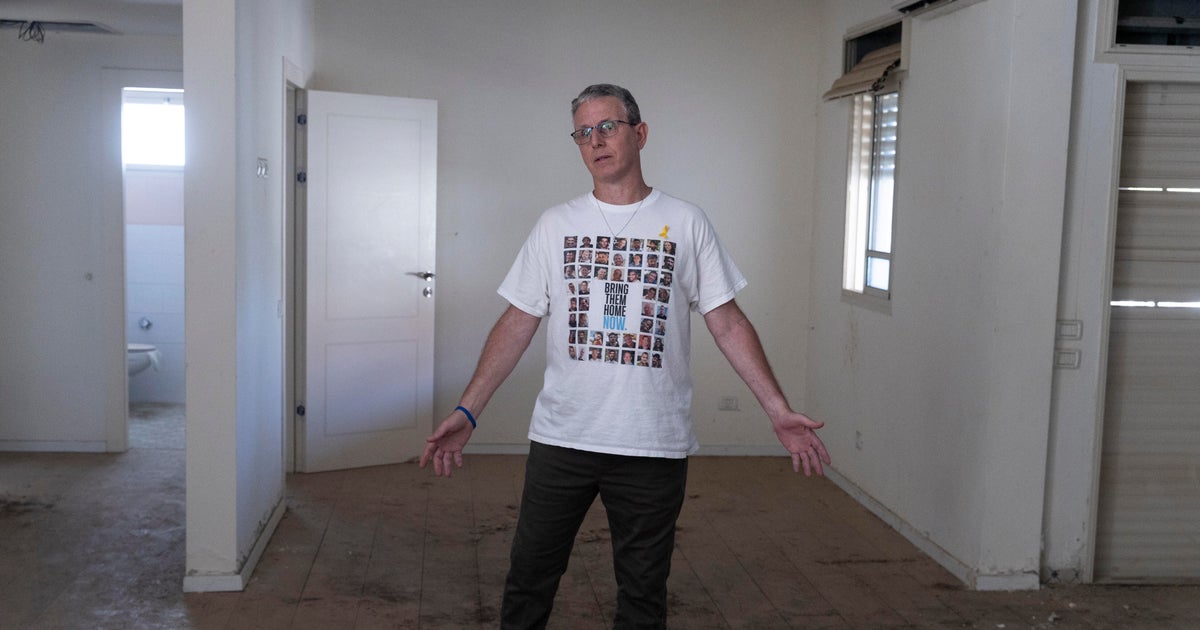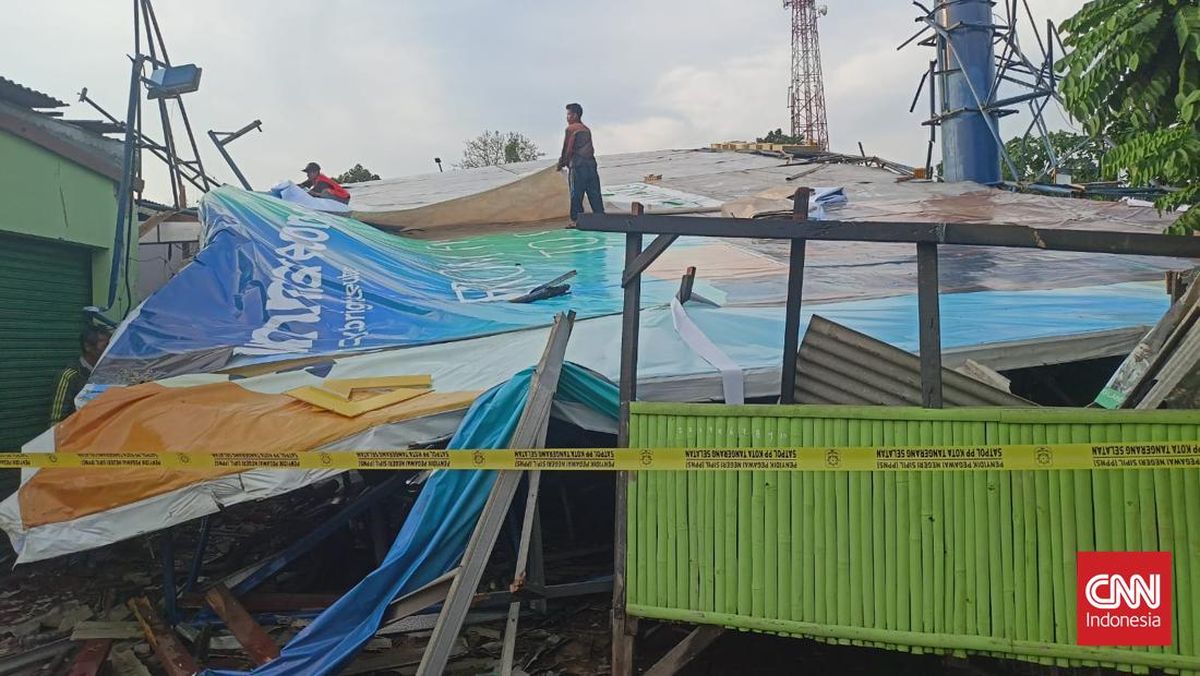In most premium French wine regions, the place where the grapes were grown was always considered more important than the cépage. The chateau name, or the district, was all you needed to know.

It’s traditional, and there are many reasons. You’ll find that most French wines, indeed most Old World wines, don’t have the grape names on the label – except for the cheaper bottles, where the New-World habit of naming grape varieties has been adopted. Alsace is an exception: there, varietal labelling is the norm.
In Bordeaux, as in most premium French regions, the place where the grapes were grown was always considered more important than the cépage, or grape variety. The chateau name, or the district (Pauillac, St-Julien, Margaux, St-Emilion), was all you needed to know. In many vineyards, a range of varieties was often planted, and inter-planted, so it would be difficult to harvest them separately, even if that were desired. Way back, many vignerons didn’t even know what was growing in their own vineyards. It didn’t matter then but, these days, people are much more interested in knowing.
In some regions, such as Burgundy, the Loire Valley and the Northern Rhone Valley, most wines are made from just one cépage, but still it’s not mentioned on labels. We’re expected to know that Sancerre is always sauvignon blanc, Vouvray is always chenin blanc, red Burgundy is always pinot noir and white is chardonnay. Hermitage is always shiraz/syrah, Condrieu is always viognier, Cahors is always malbec.
But there are many more examples of blends, such as Bordeaux (both red and white), Champagne, Cotes-du-Rhone (red and white) and Chateauneuf-du-Pape, where 13 cépages are permitted. Blends allow flexibility: in a year when the cabernet sauvignon fails to flower properly, or ripen fully, in Bordeaux, they can use more merlot or cabernet franc.
France’s appellation control laws forbid the winemaker to use any but the officially approved grapes. This is intended to control quality and guard against fraud, but it also restricts experimentation and creativity. These restrictions are going to be increasingly tested as climate change makes some traditional cépages less appropriate for their regions.
Australian winemakers have always revelled in growing whatever grapes they want, wherever they like – and giving the drinker plenty of information about what’s in the bottle.
This week’s question was submitted by J.J., Balmain, NSW
Got a drinks question for Huon Hooke? [email protected]
The best recipes from Australia's leading chefs straight to your inbox.









